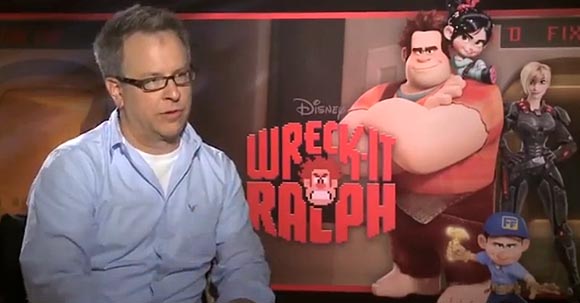

Does A ‘CalArts Sensibility’ Exist?

A minority of CalArts alumni take great offense if you imply in the slightest that the school’s illustrious Character Animation program has a recognizable sensibility. Of course, it’s a perfectly valid observation that student films from a particular school might look similar, and the observation isn’t unique to CalArts.
It’s easy to identify a lot of school’s films simply by the styles, themes, and lengths of their output. Schools like Royal College of Art, Gobelins, and Sheridan each have house styles that are copied by a significant number of their students. This echo chamber effect is understandable, and to a large extent, unavoidable. Artists are influenced by what’s happening around them, and in a competitive animation school, there will be a strong temptation to emulate the work of other standout students in the program.
Perhaps the reason that people don’t like to acknowledge the existence of a CalArts sensibility is that the observation is typically followed by a critique about the school’s detrimental influence within the animation industry—the derisive “CalArts style” argument. The school’s proximity to the Los Angeles industry and the prevalence of its artists in LA studios make it an easy target for such attacks, which are oftentimes unwarranted.
However, there is at least some truth to the argument, though it’s less about any particular style and more about the herd mentality of some of its grads. Historically, when a certain TV series or feature created by a CalArts student has been successful, other CalArts grads have jumped on the bandwagon and tried to replicate its success. An example of this followed the success of Cartoon Network’s Dexter’s Lab. A full decade after its super-stylized look had been fully exhausted, Nickelodeon was still commissioning similarly stylized shows like My Life As A Teenage Robot, Danny Phantom, The X’s, El Tigre, and The Mighty B!. Not surprisingly, all five of those shows were created by CalArts grads.
At least one CalArts alum isn’t afraid to go on the record about the possibility of a CalArts sensibility. During an interview with IAmRogue.com, Wreck-It Ralph director Rich Moore (who we’ve already established isn’t afraid to speak his mind) was asked whether the reason his film felt so Pixar-ish was because of the “John Lasseter effect.” Moore responded that it had less to do with Lasseter and more with the fact that they both attended the same school:
I think it may be a CalArts effect because really the sensibility that the Pixar films have, is really, I believe, is a sensibility that was born at that college(CalArts). Where I myself was a graduate of that school, Andrew Stanton is from CalArts, Brad Bird, Joe Ranft, John Lasseter. So, I think there is a sensibility that comes out of that school that Pixar is kind of built on. So, naturally if I’m at Disney making a film, it’s going to have that feeling of our roots.
At least one other person agrees with Rich Moore. That’s the person in the CalArts publicity department who is promoting his comments and who sent me a press release with the title “Wreck-it Ralph Director Rich Moore sees a distinctive CalArts style in today’s animation.”
Someday, someone should conduct an examination of the school’s broader impact on the animation industry. Lots of fantastic artists have emerged from CalArts, and the school deserves recognition for the influence its program has had on the art form for the last three or four decades. For such an examination to occur though, more CalArts grads need to follow Moore’s lead and become comfortable with the idea that the CalArts sensibility doesn’t end when students leave the school, but is, for better and worse, a point-of-view carried by artists throughout their careers.
Here’s the entire interview with Moore:

.png)